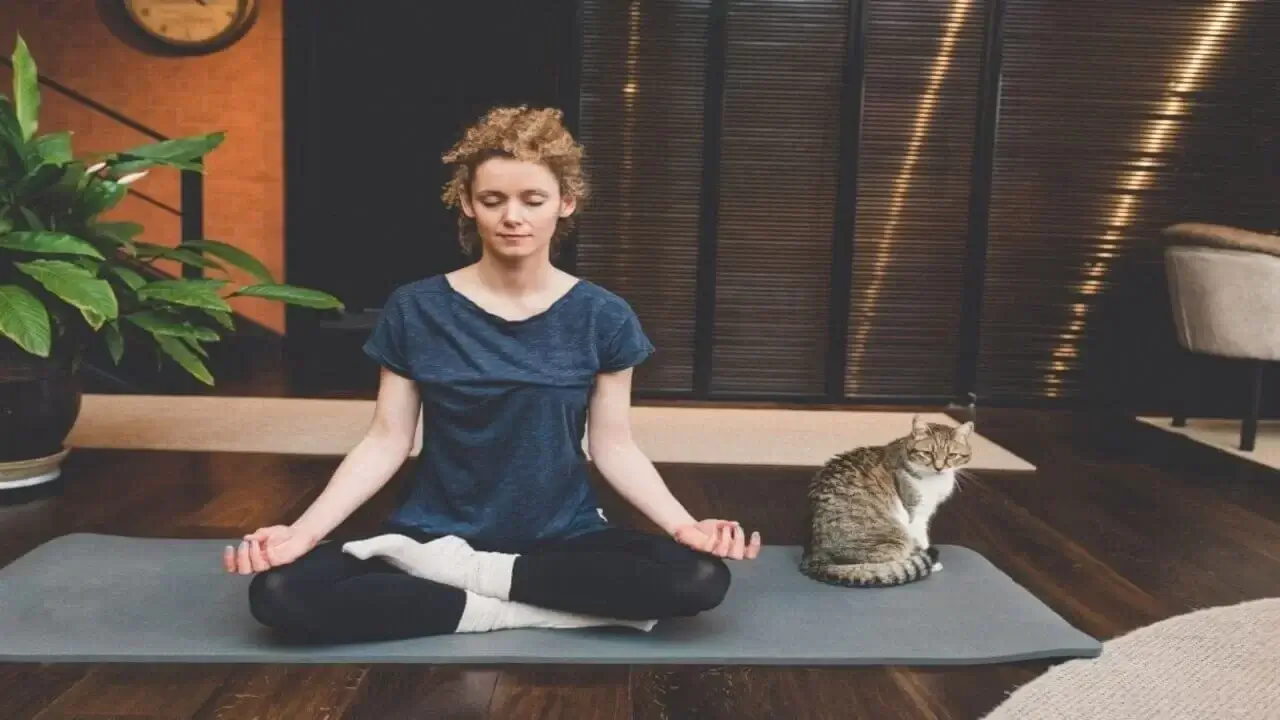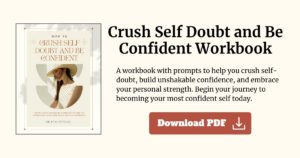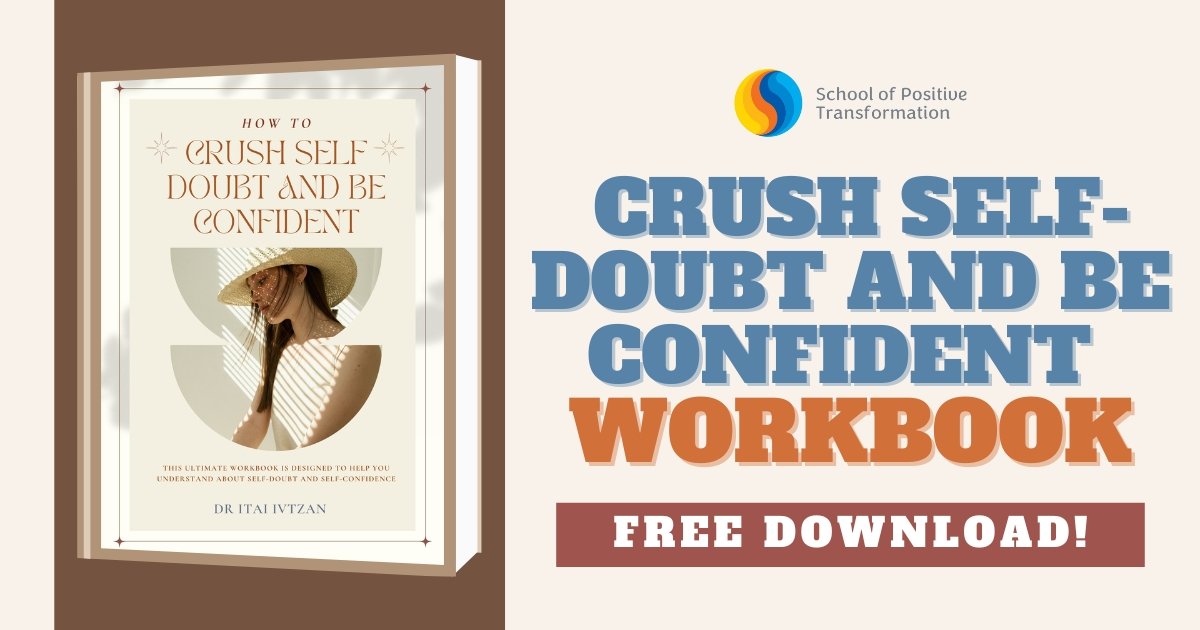How to transform your life with effective meditation
Effective meditation is an approach to training the mind, similar to the way that fitness is an approach to training the body. For many of us, life is so busy, with little time for reflection. A regular meditation practice can help offset the effects of our crazy lives. Meditation has both physical and psychological benefits, such as soothing chronic stress and rewiring our neural networks for mindful living. It allows us to spend a few moments in an oasis of calm, connecting with our higher selves and staying centered.
Yet many people find the idea of developing a meditation practice to be daunting.
With all the types of meditation out there, how do you know you’re choosing the right one? Many of us struggle to keep our minds still (which is normal), so the idea of meditation is intimidating. And then there’s all this talk of enlightenment; who has time for that?
Yet these popular concerns are easy to address when it comes right down to it. Meditation can be effective in even its simplest, most basic form. So whether you’re an experienced meditator connecting with beginner’s mind or you’re brand new to meditation, you’ve come to the right place.
In this article, we’ll discuss the art of effective meditation. We’ll cover some of the simple breathing techniques at the core of meditation. We’ll also discuss what to do when your mind wanders, which it will! And we’ll talk about the simple practice of focusing on the breath to train the mind over time. With patience and compassion.
Before you continue, you might like to consider our free worksheet on exploring “Crush Self-Doubt and Be Confident”. Please download this worksheet here.
The Basics of Meditation
Meditation in its simplest form comes down to two physical acts. Allowing yourself to breathe and letting go of all tension. We then bring our focus to the flow of the breath and allow our awareness to linger there. When the mind wanders from the breath, as it will, we guide it once again back to the breath. During this cycle, we never judge ourselves. We understand that as humans, our minds will wander, and we refocus without negativity.
This is the heart of meditation, and it seems simple.
Yet training the mind in this way, to remain still in the present moment, can take enormous patience and with a little time and dedication, you will soon find that your meditation practice will yield incredible benefits.
A Simple Meditation for Beginners
When first sitting down to meditate, it can be helpful to be clear on your goal. Are you meditating to clear stress from the body? Would you like to cultivate a more peaceful approach to life? Improve mindfulness over time?Whatever your aim, one thing is important to remember. You are not meant to master your mind in one perfect session. In fact, many cultures believe that enlightenment can take many lifetimes. You may learn more about this later as you advance in your practice, depending on where it takes you.
At the start, it’s a good idea to keep things simple and enjoy the journey.
If you have any anxiety about your meditation, let go, and trust in the process. After all, it’s called a meditation practice for a very good reason. So practice bringing awareness to your breath. Practice guiding it back if your attention wanders. And it will.
To start, you can set a time for two minutes and follow this simple meditation:
Get Comfortable
Be sure that you’re sitting or lying down in a comfortable position. Meditation is most effective when you’re able to concentrate. You should be able to focus on your breathing without having to worry about discomfort in the body. Take all the time you need to adjust until you find the ideal position.
Start with a Deep Breath
You can either close your eyes or take a soft gaze, depending on how you feel the most focused. Next, take a deep breath in and feel it filling your lungs; notice how it feels to breathe deep. Take note of how it feels as your in-breath flows through your nostrils, as your belly expands with air. Do your best to maintain this focus as you continue to breathe.
Stay Focused on the Breath
As you continue to breathe in and out, keep your mind on the sensation of breathing. Stay aware of how it feels to be in your body.
Once you’re done, reflect on your experience.
How did it feel?
How many breaths did you take before your mind began to wander from your breathing? If you’re like most people, it was fast; if you managed to take a breath or two with pure focus, you’re amazing already! Most often, within a breath or two, the mind is pulling us back toward the clutter of our inner narrative. What should we have for supper? What time are we done with work today? Is there time to go to the gym? It goes on and on, and that’s both natural and OK!
Many of us are busy, and our minds work hard to keep up with all the details, which can cause stress and disconnection. Even taking a short time to sit down and focus can nurture us, body and soul. It provides a much-needed break in our stress and allows us to connect to our true inner nature, cultivating balance.
Remember! It’s called a meditation practice because we are practicing. And that alone has so many science-based benefits, including:
· Increased mental clarity · Reduced stress · Better focus · Pain management · Connection with our inner selves
At the School of Positive Transformation, our Meditation Certification goes deep into the science-based benefits of meditation, so let us know if you want to know more about the well-researched benefits of meditation!
Tips for Effective Meditation
Now we’ve talked about meditation, and you’ve had a chance to try a two-minute session. Are you ready to get started developing a practice? If so, sit somewhere comfortable with no interruptions and take a few minutes to meditate!
Here are a few additional tips to deepen your meditation practice:
Length of Meditation: When deciding on the length of your meditation, keep your goals realistic. If you’re new to the practice, a short meditation of 5 to 10 minutes is best. Once you’ve become used to meditating, you can work your way up to longer sessions.
Positioning the Body: Once you’re settled, close your eyes, and notice how it feels to be in your body today. Are you warm enough? Are you in a comfortable position? Make one last scan of your body and be sure that you’re in a place where you can let go for a while. You can either sit in a cross-legged position, you can kneel, or you can sit in a chair with your feet flat on the floor. As long as you’re comfortable, there’s no set way to sit that will affect your meditation.
Bringing Awareness to the Breath: Take a deep breath. Pay attention to the feeling of your breath as it goes in and out; does it feel warm or cold? Light or heavy? Take a moment to notice the sensation and then settle your focus on that feeling as you continue to breathe. As you continue to focus on your breath, there will be thoughts that arise in your mind. Always remember that this is normal and don’t get discouraged. Notice that your mind has drifted and return your focus to the breath without judgment. Continue with the meditation.
Ending the Meditation: Once you’re ready, open your eyes or lift your gaze. Take time to become aware once again of your environment. How does your body feel now? Is your mind more focused and aware? Take notice of any emotions or thoughts that arise.
Where Your Meditation Practice Can Lead
Meditation is a great gift. It can calm and soothe us, rewiring our neural networks for a more positive and mindful approach to life. As a psychologist, I’ve seen meditation bring about positive transformation in the lives of many people. From beginners to experienced meditation teachers. I’ve seen people fall in love with meditation as it enriches lives and brings deep, lasting peace.
For many of the students of our Meditation Teacher Training, spreading the joy of meditation has become a lifelong mission. Upon becoming a meditation teacher, they’re able to change the lives of others for the better.
So where would you like your meditation practice to lead? If you want a happier, healthier life with less stress and more clarity, we’re with you!
Want more information about our Meditation Teacher Certification?
Maintain this effective meditation practice for two to three minutes to start, and then try it for longer periods.
If you’re ready to transform your life through meditation and build a practice that supports clarity, peace, and mindfulness, download our Crush Self-Doubt and Be Confident Workbook to guide you on your journey.
Effective meditation is an approach to training the mind, similar to the way that fitness is an approach to training the body. For many of us, life is so busy, with little time for reflection. A regular meditation practice can help offset the effects of our crazy lives. Meditation has both physical and psychological benefits, such as soothing chronic stress and rewiring our neural networks for mindful living. It allows us to spend a few moments in an oasis of calm, connecting with our higher selves and staying centered.
Yet many people find the idea of developing a meditation practice to be daunting.
With all the types of meditation out there, how do you know you’re choosing the right one? Many of us struggle to keep our minds still (which is normal), so the idea of meditation is intimidating. And then there’s all this talk of enlightenment; who has time for that?
Yet these popular concerns are easy to address when it comes right down to it. Meditation can be effective in even its simplest, most basic form. So whether you’re an experienced meditator connecting with beginner’s mind or you’re brand new to meditation, you’ve come to the right place.
In this article, we’ll discuss the art of effective meditation. We’ll cover some of the simple breathing techniques at the core of meditation. We’ll also discuss what to do when your mind wanders, which it will! And we’ll talk about the simple practice of focusing on the breath to train the mind over time.
With patience and compassion.
The Basics of Meditation
Meditation in its simplest form comes down to two physical acts. Allowing yourself to breathe and letting go of all tension. We then bring our focus to the flow of the breath and allow our awareness to linger there. When the mind wanders from the breath, as it will, we guide it once again back to the breath. During this cycle, we never judge ourselves. We understand that as humans, our minds will wander, and we refocus without negativity.
This is the heart of meditation, and it seems simple.
Yet training the mind in this way, to remain still in the present moment, can take enormous patience and with a little time and dedication, you will soon find that your meditation practice will yield incredible benefits.
A Simple Meditation for Beginners
When first sitting down to meditate, it can be helpful to be clear on your goal. Are you meditating to clear stress from the body? Would you like to cultivate a more peaceful approach to life? Improve mindfulness over time?Whatever your aim, one thing is important to remember. You are not meant to master your mind in one perfect session. In fact, many cultures believe that enlightenment can take many lifetimes. You may learn more about this later as you advance in your practice, depending on where it takes you.
At the start, it’s a good idea to keep things simple and enjoy the journey.
If you have any anxiety about your meditation, let go, and trust in the process. After all, it’s called a meditation practice for a very good reason. So practice bringing awareness to your breath. Practice guiding it back if your attention wanders.
And it will.
To start, you can set a time for two minutes and follow this simple meditation:
Get Comfortable
Be sure that you’re sitting or lying down in a comfortable position. Meditation is most effective when you’re able to concentrate. You should be able to focus on your breathing without having to worry about discomfort in the body. Take all the time you need to adjust until you find the ideal position.
Start with a Deep Breath
You can either close your eyes or take a soft gaze, depending on how you feel the most focused. Next, take a deep breath in and feel it filling your lungs; notice how it feels to breathe deep. Take note of how it feels as your in-breath flows through your nostrils, as your belly expands with air. Do your best to maintain this focus as you continue to breathe.
Stay Focused on the Breath
As you continue to breathe in and out, keep your mind on the sensation of breathing. Stay aware of how it feels to be in your body.
Once you’re done, reflect on your experience.
How did it feel?
How many breaths did you take before your mind began to wander from your breathing? If you’re like most people, it was fast; if you managed to take a breath or two with pure focus, you’re amazing already! Most often, within a breath or two, the mind is pulling us back toward the clutter of our inner narrative. What should we have for supper? What time are we done with work today? Is there time to go to the gym? It goes on and on, and that’s both natural and OK!
Many of us are busy, and our minds work hard to keep up with all the details, which can cause stress and disconnection. Even taking a short time to sit down and focus can nurture us, body and soul. It provides a much-needed break in our stress and allows us to connect to our true inner nature, cultivating balance.
Remember! It’s called a meditation practice because we are practicing. And that alone has so many science-based benefits, including:
· Increased mental clarity · Reduced stress · Better focus · Pain management · Connection with our inner selves
At the School of Positive Transformation, our Meditation Certification goes deep into the science-based benefits of meditation, so let us know if you want to know more about the well-researched benefits of meditation!
Tips for Effective Meditation
Now we’ve talked about meditation, and you’ve had a chance to try a two-minute session. Are you ready to get started developing a practice? If so, sit somewhere comfortable with no interruptions and take a few minutes to meditate!
Here are a few additional tips to deepen your meditation practice:
Length of Meditation: When deciding on the length of your meditation, keep your goals realistic. If you’re new to the practice, a short meditation of 5 to 10 minutes is best. Once you’ve become used to meditating, you can work your way up to longer sessions.
Positioning the Body: Once you’re settled, close your eyes, and notice how it feels to be in your body today. Are you warm enough? Are you in a comfortable position? Make one last scan of your body and be sure that you’re in a place where you can let go for a while. You can either sit in a cross-legged position, you can kneel, or you can sit in a chair with your feet flat on the floor. As long as you’re comfortable, there’s no set way to sit that will affect your meditation.
Bringing Awareness to the Breath: Take a deep breath. Pay attention to the feeling of your breath as it goes in and out; does it feel warm or cold? Light or heavy? Take a moment to notice the sensation and then settle your focus on that feeling as you continue to breathe. As you continue to focus on your breath, there will be thoughts that arise in your mind. Always remember that this is normal and don’t get discouraged. Notice that your mind has drifted and return your focus to the breath without judgment. Continue with the meditation.
Ending the Meditation: Once you’re ready, open your eyes or lift your gaze. Take time to become aware once again of your environment. How does your body feel now? Is your mind more focused and aware? Take notice of any emotions or thoughts that arise.
Where Your Meditation Practice Can Lead
Meditation is a great gift. It can calm and soothe us, rewiring our neural networks for a more positive and mindful approach to life. As a psychologist, I’ve seen meditation bring about positive transformation in the lives of many people. From beginners to experienced meditation teachers. I’ve seen people fall in love with meditation as it enriches lives and brings deep, lasting peace.
For many of the students of our Meditation Teacher Training, spreading the joy of meditation has become a lifelong mission. Upon becoming a meditation teacher, they’re able to change the lives of others for the better.
So where would you like your meditation practice to lead? If you want a happier, healthier life with less stress and more clarity, we’re with you!
Want more information about our Meditation Teacher Certification?
Maintain this effective meditation practice for two to three minutes to start, and then try it for longer periods.
[wce_code id=2]
[wce_code id=3]







